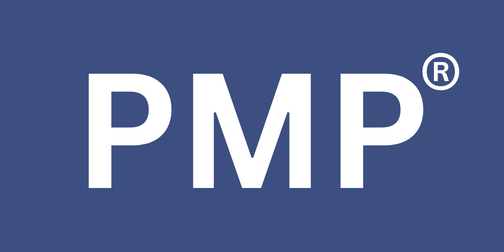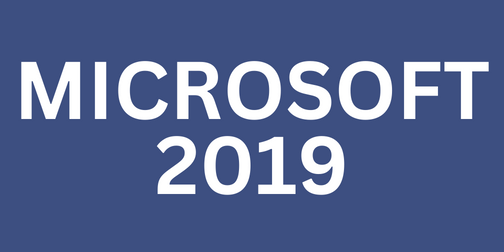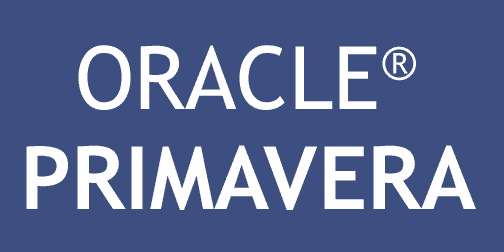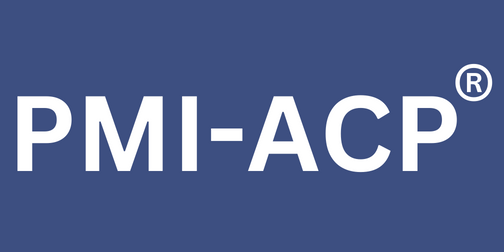
How Agile Project Management Can Boost Productivity in Your Workplace
Posted On July 15, 2024 - 15:25 PM
Staying productive and flexible is the key to success in today's fast-paced business environment. While traditional project management methods are tried and true, they can need help to meet the ever-changing needs. Agile project management can help.
Agile is a project management approach emphasising collaboration, flexibility, and continual improvement. Agile increases productivity by breaking projects down into smaller, more manageable pieces and focusing early and often on delivering value.
Here's how:
-
Reduced Multitasking and Increased Focus: Agile encourages the focus on a single task while minimizing distractions and context switches. This allows the team to focus on their work and produce higher-quality results.
-
Improved Collaboration and Communication: Agility fosters an open culture of communication and collaboration. The daily stand-up meeting and shared workspaces help keep everyone in the loop and encourage problem-solving as a group.
-
Faster feedback and Continuous Improvement: Projects are broken down into sprints that end with a session of review and feedback. This allows course corrections and adjustments to be made based on feedback in real-time, resulting in a more effective and efficient project lifecycle.
-
Empowered Team and Increased Motivation: Agile empowers team members by giving them ownership over their work. This increases employee morale and fosters accountability, leading to an engaged and productive workforce.
-
Adaptability for Change: Agile's core principle is to embrace change. Working in smaller sprints allows teams to easily adapt to changing priorities or new requirements without affecting the overall project.
How Agile boosts productivity at your workplace in the section above
You can read more about how Agile boosts productivity at your workplace in the section above
Reduced Multitasking and Increased Focus:
-
Project management is often a multi-tasking process. Agile divides projects into smaller sprints that allow team members to focus on a single deliverable. It reduces the mental strain of switching between tasks and minimises context-switching.
-
An example: The marketing team working on a campaign for social media can devote a sprint each to creating content, graphic design and scheduling. This compartmentalization allows the team to focus on each phase and deliver quality work.
Collaboration and communication enhanced:
-
Agile encourages open communication by holding daily stand-ups where team members discuss progress, roadblocks and dependencies. This creates a collaborative atmosphere where team members can help each other and identify issues early.
-
For example: A developer may mention a problem they are facing during a stand-up meeting. A teammate who has the relevant expertise can provide assistance to prevent delays and keep the project moving.
Improved Feedback and Continuous Improvement:
-
Agile is a development method that emphasizes rapid iterative work cycles, with ample opportunities for feedback. This allows stakeholders early and often to identify improvement areas and provide feedback on the progress of a project. This feedback loop helps to keep the project on track and prevents wasting time and resources by implementing features that are not popular with the intended audience.
-
An example: A software development team could deliver a basic feature of a new product in a sprint. User testing provides valuable feedback before investing significant resources in further development.
Increased morale and empowered teams:
-
Agile empowers team members by empowering them to take ownership of their own work. The teams are actively involved in the planning, implementation, and evaluation of projects, which fosters a sense of responsibility and accountability. This results in increased engagement and motivation which leads to an increase in productivity.
-
Example: The design team that is working on the new website for a product has the freedom to select the tools and methods of design. This sense of ownership instils pride in the work they do and encourages them to achieve exceptional results.
Adaptability and Change:
-
The business environment is always changing. Agile allows teams to adjust to new priorities and requirements without affecting the project. Short sprints allow for quick course corrections. This minimizes wasted effort and ensures the project is relevant and delivers value.
-
Example: A market research study conducted during a sprint of product development may reveal that customer preferences have changed. The team can adapt their design approach to the market in the next sprint.
How it will help in 2024:
In 2024, several key trends will make Agile project management even more relevant
The Rise Of Hybrid Work As many teams work remotely or in hybrid models, Agile's focus on collaboration and communication tools becomes even more important for maintaining team dynamics and productivity. Standing meetings every day and collaborative workspaces online can help bridge physical distances to ensure that everyone is on the same page.
-
The Need For Rapid Innovation: To stay on top of the technological curve, companies need to be innovative and adaptable. Agile's iterative method allows for rapid prototyping, testing and feedback loops. This enables teams to experiment faster with new ideas and features. This encourages innovation and allows businesses to capitalize on new market opportunities.
-
The Evolving Landscape of Customers: Expectations from customers are always changing. Agile's focus on delivering value quickly and often allows companies to collect real-time feedback from customers and adapt their product or service offerings in response. They can then adjust their product or service offerings based on the feedback they receive.
-
The Importance Of Employee Engagement: A key factor of workplace productivity is employee engagement. Agile's focus on empowering teams, and encouraging a sense of ownership can boost employee engagement and morale. Employees who feel valued and can have their say in the direction of a project are more likely to invest in its success.
Businesses in 2024 will be able to navigate the trends more effectively and achieve greater success by adopting Agile project management. Agile's adaptability, flexibility, and continuous improvement make it a powerful tool to thrive in a dynamic, ever-changing environment.
Conclusion
Agile project management doesn't offer a solution that fits all, but it can be a powerful tool for increasing productivity in a wide range of workplaces. Agile can help you achieve more with less time by focusing on flexibility, collaboration and continuous improvement. Consider Agile project management to improve your team's productivity, streamline your workflow and enhance communication. You may be surprised by the positive impact that Agile project management can have on workplace productivity.
Check out this blog : Project management tips for beginners


















